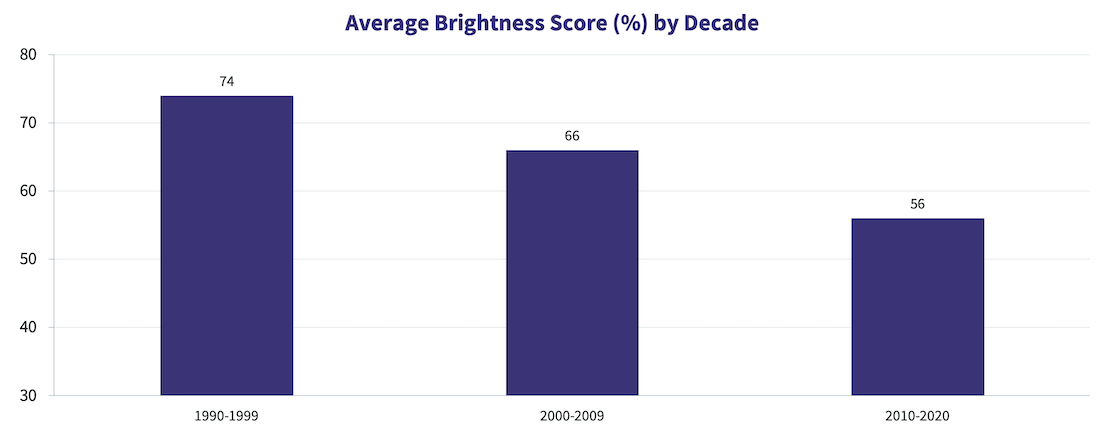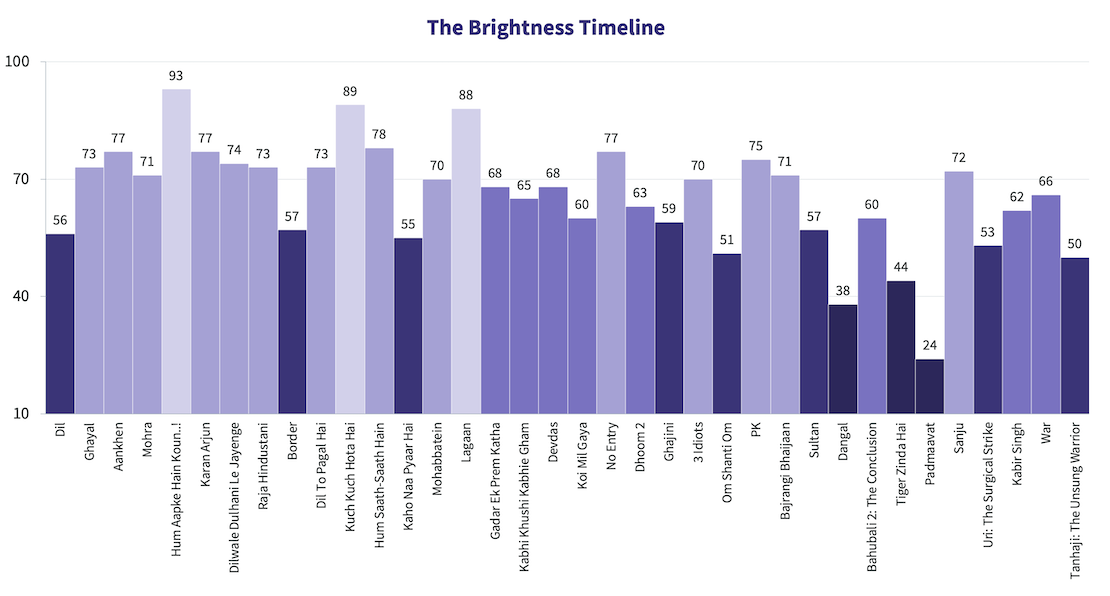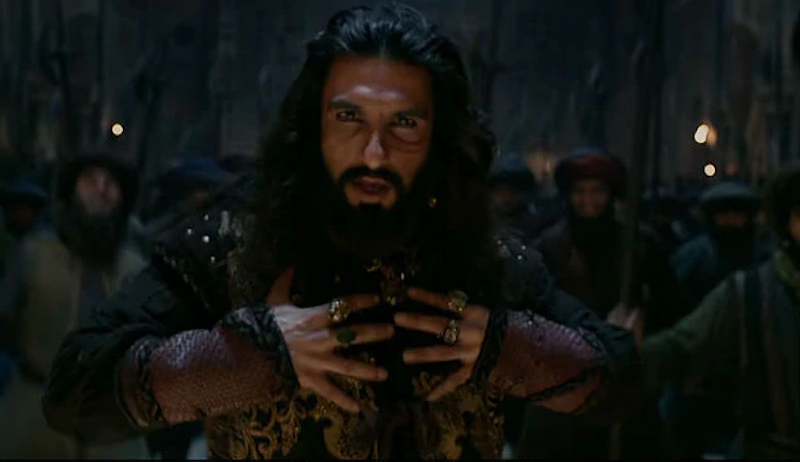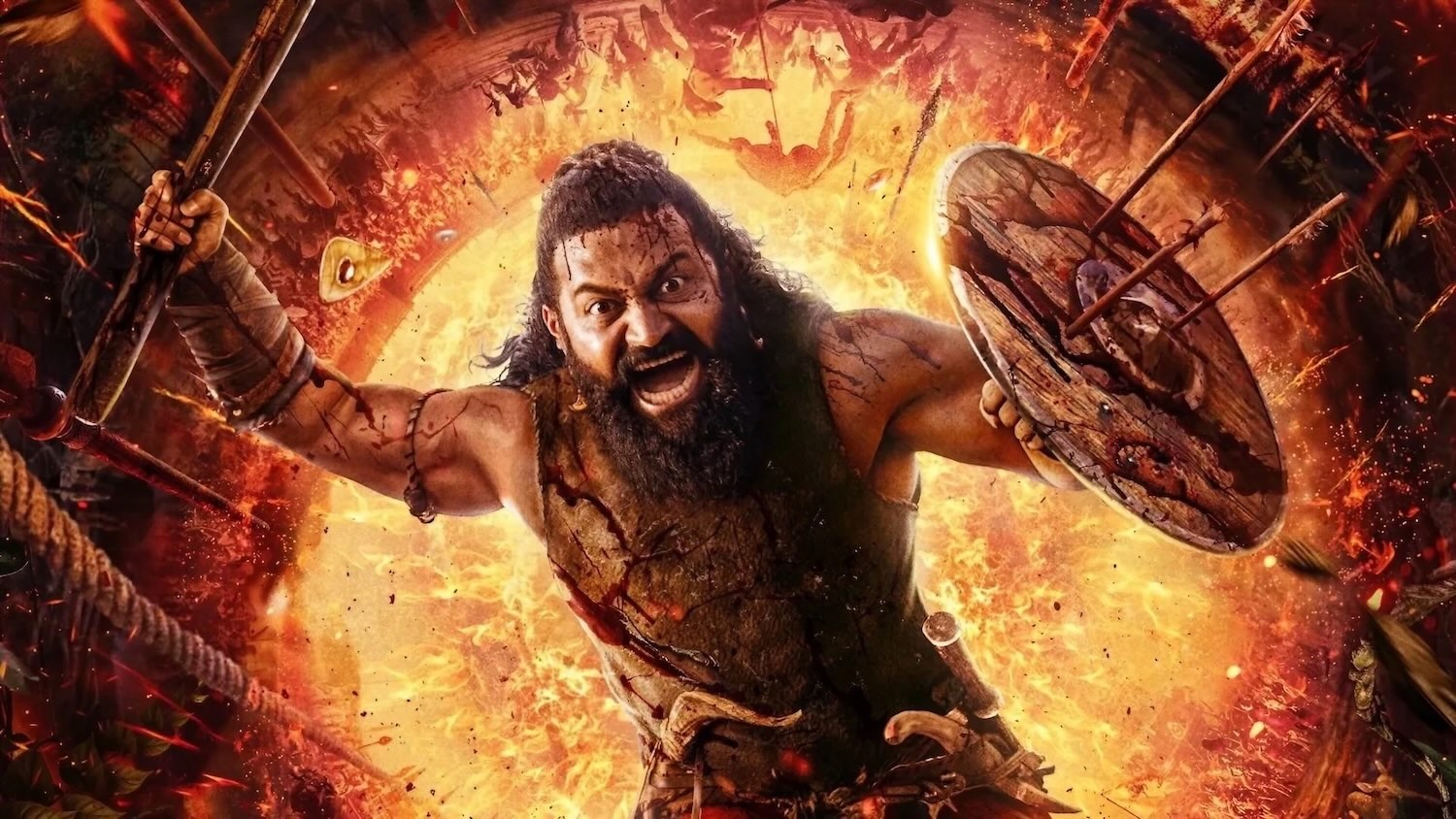


If you were asked to name the one element that distinguishes Indian cinema from Hollywood, you would probably choose our songs, and all the dancing that comes with them. While songs indeed are unique to our cinema and, in many ways, define it globally, there’s another distinguishing element that caught my attention in my formative years of film consumption: Color.
I distinctly remember watching Hindi and Hollywood films in the same week during the 90s and wondering why the former looked so much brighter and more colorful than the latter. I was drawn to the colors, even when they seemed a tad over-saturated. For some time, I may have even felt that Hollywood is missing a trick by using subdued palettes. The topic stayed with me.
We are a colorful nation. We celebrate Holi, make rangolis, wear colorful attire at family functions… the list can be fairly long. It’s no surprise then that this cultural trait has seeped into our entertainment too.
Dark (by which I mean visually dark) content can alienate audience, especially in a family-driven medium like television. But over the last decade, one can sense gradual acceptance of visually-subdued, if not dark, films in Hindi cinema. The advent of the streaming category has helped increase audience exposure to ‘color less’ (I’m fishing for the right phrase here) content. In turn, it may have increased the acceptance of such content theatrically too.
It’s not as if visually dark films were not being made in the 90s. The question here is not one of supply but one of demand. Have the Hindi audience started endorsing such films more at the box office? I decided to test this hypothesis.
Methodology
The 12 biggest box office grossers for each of the following three decades were chosen for analysis: 1990s, 2000s & 2010s. The pandemic-affected 2020, which contributes Tanhaji: The Unsung Warrior to the list, was included in the third decade. From each of these 36 films, 100 frames were selected. To ensure randomness and yet coverage of the entire film, the first frame was selected randomly in the first two minutes of the film, and the remaining duration was divided into 99 equal parts, and the frame at the end of each such part was taken. Opening and end credits were considered only if they had video footage (original shoot) accompanying them.
The color that stood out as the most prominent one in each frame was identified, using an image analysis software. If this color had 50% or more presence of EITHER of the three primary colors, i.e., Red, Blue or Green, the frame was classified as ‘Bright’. If ALL three colors were present in measures less than 50%, the frame was classified as ‘Dark’. The analysis that follows is a result of 3,600 such frames being classified as Bright or Dark.
The Findings
Let’s jump right in. Indeed, there has been a drop in ‘Brightness’ levels offered by the biggest Hindi blockbusters since the 90s. From an average Brightness score of 74% (i.e., 74% frames were classified as Bright as per the definition above) in the 90s, there is a consistent decade-on-decade drop, and the number now stands at a more subdued 56%. Remember, these numbers are based on the biggest 12 films of each decade. The big-ticket grossers that raked in the numbers. Hence, this shift cannot be reflective only of the content being made, but also says something about the evolution (even maturing?) of our audience.

The second chart below is a timeline (based on release dates) of the 36 films analysed. Darker the blue, ‘darker’ the film. We can see how the skyscrapers get darker (or shorter) on the right side of the timeline. The three films that cross the 80% Brightness mark came in a 7-year window between 1994 and 2001: Hum Aapke Hain Koun…!, Kuch Kuch Hota Hai and Lagaan. Of these, Lagaan is particularly unique, because it manages to score 88% almost entirely on the back of its earthy, albeit bright, tones. Technically, that would be bright but not necessarily colorful. But more often than not, the two ideas go hand-in-hand, like in the first two names in this bunch of three.

The right side of the timeline sees three films go below the 50% mark. Dangal, Tiger Zinda Hai and Padmaavat came within 14 months of each other in 2016-18. All three did spectacular box office business, and the first one of the three remains the highest Hindi grosser in India outside of Bahubali 2. (In case you are wondering, the earthy tones in Dangal are significantly darker than those in the sun-bathed Lagaan). With 76% darkly-lit frames, Padmaavat may well be the 'darkest' Bollywood blockbuster of all time.

But much as change is good, one must guard against too much of it, too soon. If the average numbers seen in the first chart slip further, we may be on the verge of losing a strong element of our distinctiveness vis-a-vis Western cinema. Like it’s good to have some films without songs and dances, but the larger idea of songs and dances must survive because it’s original and imaginative, bright frames must find a way to hang in there too. Let’s hope, then, that the next decade is not much lower than 56%!

Ormax Cinematix's FBO: Accuracy update (November 2025)
This edition of our monthly blog summarises Ormax Cinematix's box office forecasts (FBO) for all major November 2025 releases vis-à-vis their actual box-office openings

Product update: Content testing for the horror genre
Based on our accumulated audience insights, we are introducing genre-specific drivers for horror films and series in our content testing tools, Ormax Moviescope and Ormax Stream Test

The India Box Office Report: October 2025
Driven by Kantara - A Legend: Chapter-1, October 2025 has emerged as the highest-grossing box office month of the year at the India box office, with gross collections of ₹1,669 Cr
Subscribe to stay updated with our latest insights
We use cookies to improve your experience on this site. To find out more, read our Privacy Policy